Schools are not just re-opening this fall, they have to re-open.
The President tweets it; the Governor repeats it.
With the rising and record number of positive Covid-19 cases and deaths in Florida seemingly finding no ceiling, that leaves parents with one of the toughest decisions — whether to send their children back to brick-and-mortar schools or have them learn online — many of them have ever had to make.
Jaclyn Lewis-Croswell, the parent of a fourth-grader at Turner/Bartels K-8 school, will be keeping her daughter home in the fall to learn online. It’s not ideal, she says, but for her, the risk of infection outweigh the benefits of social interaction and classroom learning.
She certainly understands anyone who chooses the opposite for their kids, sympathizing with those who trust the safety measures and some studies that say children aren’t as affected by the virus, while also worrying their children’s mental health may suffer in a detached, online setting.
But, when Jaclyn looked at the rising numbers, “I felt like there is a potential risk of losing my child,” she says. “And that’s not a chance I’m willing to take.”
If Covid-19 continues to rage at its current rate, there remains a chance that schools will not open by August or will be completely online, at least until January. But, as of now, school is moving forward with an expected start date of Aug. 24, with Hillsborough County’s schools offering three different options:
• Option A: A return to traditional, face-to-face, brick-and-mortar schooling, with special social distancing and enhanced disinfecting measures implemented, as well as requiring all students, teachers and staff to wear masks at all times.
• Option B: eLearning full-time through the students’ assigned schools. Students will participate in a distance learning program from home, taught by teachers at their school through Canvas, a new Learning Management System which will replace Edsby. Daily log-ins and attendance will be required.
• Option C: Hillsborough Virtual K-12, a web-based curriculum taught by teachers from Hillsborough County, but not the same as the eLearning program. For grades 6-12, Hillsborough Virtual K-12 and Florida Virtual School (FLVS) are the same, except Hillsborough Virtual K-12 will follow the District’s 2020-21 school calendar, meaning they have more stringent start-and-stop deadlines.
Earlier today, Hillsborough County Schools tweeted out declaration-of-intent results so far. With 115,001 responses tallied, 56,488 families have selected on-site learning, 48,410 have chosen eLearning and 10,103 have picked Hillsborough Virtual K-12.
The Neighborhood News spoke with multiple New Tampa families about their respective decisions. Here are three stories about how some of those parents made their decisions.
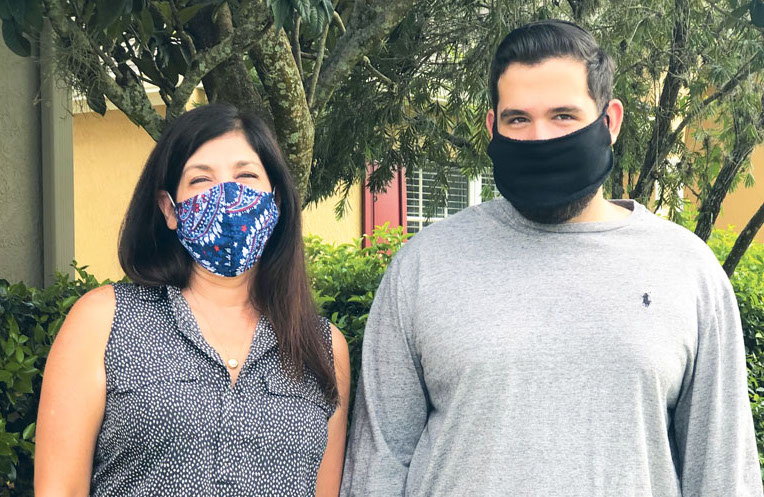
Cindy Kelly – eLearning
When schools abruptly closed in March due to the coronavirus, teachers and students were thrown into an online system of learning that ended up receiving mixed reviews.
While some found the spring experience underwhelming and ineffective, others, like Wharton’s Connor Kelly, thrived in that environment.
So this fall, Connor plans to spend his senior year again learning outside of the classroom as he prepares for college.
“He had no desire go back to the bricks and mortar,” his mom Cindy says. “I was kind of surprised by it myself.”
Cindy says that if Connor had expressed a desire to return to school, the coronavirus would have definitely caused her some concern. In fact, Connor says a big part of his decision stems from his own concerns about passing anything onto his parents.
“It really does seem like people are really concerned about the virus and weighing it with the social aspect and the isolation (of online) learning,” Cindy says. “It’s a miserable, tough decision to make.”
Thankfully, Connor found the flexibility of online learning to his liking last spring, and looks forward to continuing it. He says, however, that a slight majority of friends in his social circles say they are returning to brick and mortar.
“They want to be able to have that social interaction,” he says, “although, the way it sounds, there probably won’t be too much social interacting allowed anyway.”
He regrets having to miss some, or, depending upon the virus, all of his senior year. He is serving as president of Rho Kappa, the social studies honor society, and isn’t sure he’ll get to make his induction speech, and says he also had roles in other clubs he will miss, as well as the other social benefits of his last year in high school.
“It kind of sucks,” Connor says. “I had a whole meticulous plan laid out for the last three years…I spent a lot of time designing my senior year, and then a rock was thrown through it. But that’s okay, it’s a life lesson.”
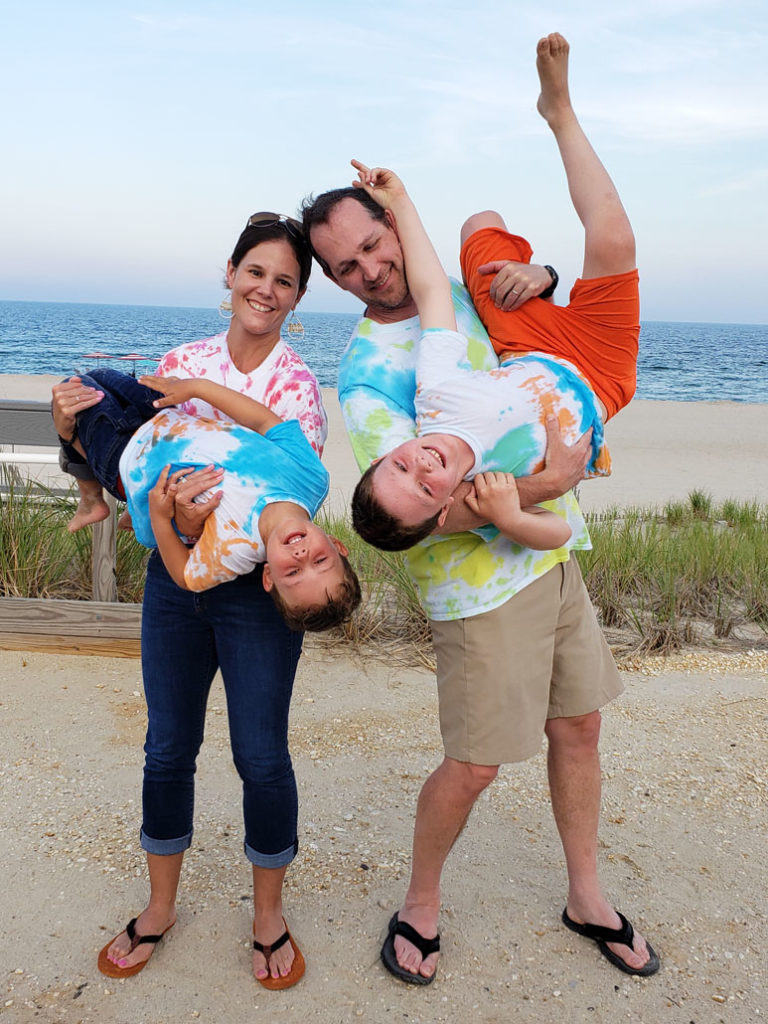
Lisa Ling — Traditional School
Lisa Ling is sending her kids back to school.
While the mother of a first- and fourth-grader at Hunter’s Green Elementary (HGE) understands the risks associated with the brick-and-mortar option this year, she also feels better about her decision now that masks are going to be required.
“Getting kids back to school is what needs to happen,” she says.
Ling and her husband Eric aren’t alone. A recent thread on Facebook she participated in showed more than a dozen parents who agreed with them, and she says many of her friends are following suit.
Ling says it wasn’t really that tough of a decision. “Well, I really did not consider Hillsborough Virtual K-12 or Florida Virtual, because we love our school and didn’t want to disconnect from it,” Ling says. “The (Covid) numbers are going up, but it’s a very low percentage of the population. We feel that there also is evidence coming out that young kids just don’t transmit it as much. Our whole family is healthy, no one has a compromised immune system or lives with an elderly grandparent. God forbid, if one of us gets it, we’ll be okay.”
Lisa has been a stay-at-home mom for nine years. When her children were forced to learn from home in the spring, she says she didn’t find it to be a fruitful experience.
Her third grader was fairly independent unless he would click on the wrong thing while working from his computer, and her youngest, who was in kindergarten, needed constant support.
She didn’t find the quality of the education to be what it should either, but understands it was a difficult, thrown-together situation for everyone.
“It wasn’t the same as being at school,” she says.
Lisa will no longer be a stay-at-home mom this fall. She is returning as a school psychologist at Benito Middle and Clark Elementary schools. She says her new job did not affect her decision.
“Even if I hadn’t taken that job, I was sending them back,” she says.
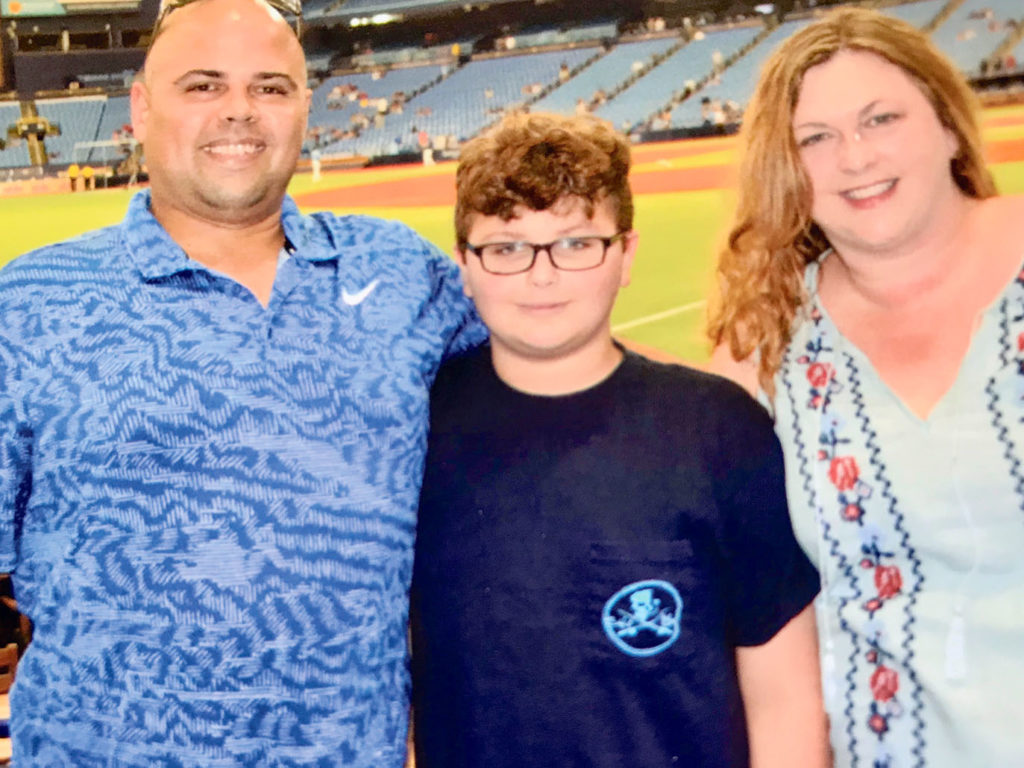
Laurie Gonzalez — eLearning
As a teacher, Laurie Gonzalez isn’t sure how she would keep her students safe from the spread of Covid-19, much less her son Grayson, who would be attending sixth grade at Benito Middle School on school choice this fall if she hadn’t decided to keep him home for eLearning.
“I made the choice to do eLearning for my child because I don’t think it is safe for anyone to return at this point,” says Laurie.
By choosing school-based eLearning through his assigned school, as opposed to the other online options, Grayson can keep his seat and if Covid-19 is ever brought under control, he can return after the fall semester.
“Of course I worry about social interaction, but at what cost?,” she says. “At least today, kids have video games and phones so they can keep in contact with their friends. It isn’t the same but, for now, it will have to do.”
Laurie has read the CDC guidelines and imagines what she and her co-workers’ classrooms would look like in the Covid-19 age. She doesn’t like what she sees.
“I know first-hand that it will be impossible to follow the CDC’s guidelines to keep kids safe from Covid, especially if we reopen schools at full capacity,” she says. “There is not enough room in most classrooms to space kids 3 feet apart for testing, so 6 feet is just not going to happen.”
A mask mandate is a great decision, Laurie says, “but I don’t believe it will be enough. As soon as we open schools, I anticipate the number of Covid cases will skyrocket.”
Laurie, who teaches at Turner/Bartels K-8 School, says she has an auto-immune disease, and is nervous about the impact Covid-19 would have on her if she were to get it.
With so many unknowns, Laurie and her husband Hector have no idea when it will be completely safe again to return to school — for her or her students. She feels fairly certain that August won’t be it.
“Yes, I am very confident that coronavirus will still be a problem in August,” she says. “We haven’t seen the numbers (of deaths) that will correlate with the 4th of July yet, but I don’t have much faith that they will be good.”

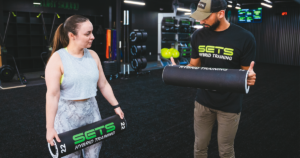
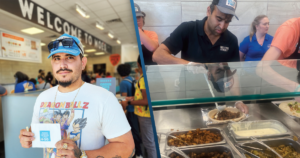
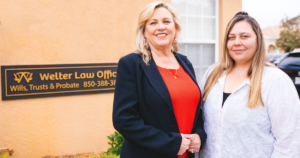
No comment yet, add your voice below!